Hearing loss is decreased organ sensitivity. As a result, hearing-impaired people perceive quiet sounds worse due to incorrect conduction or reception of sound.
Hearing disorders can significantly impede everyday functioning and effectively reduce the quality of life. A person suffering from such a condition can have difficulties communicating with others.
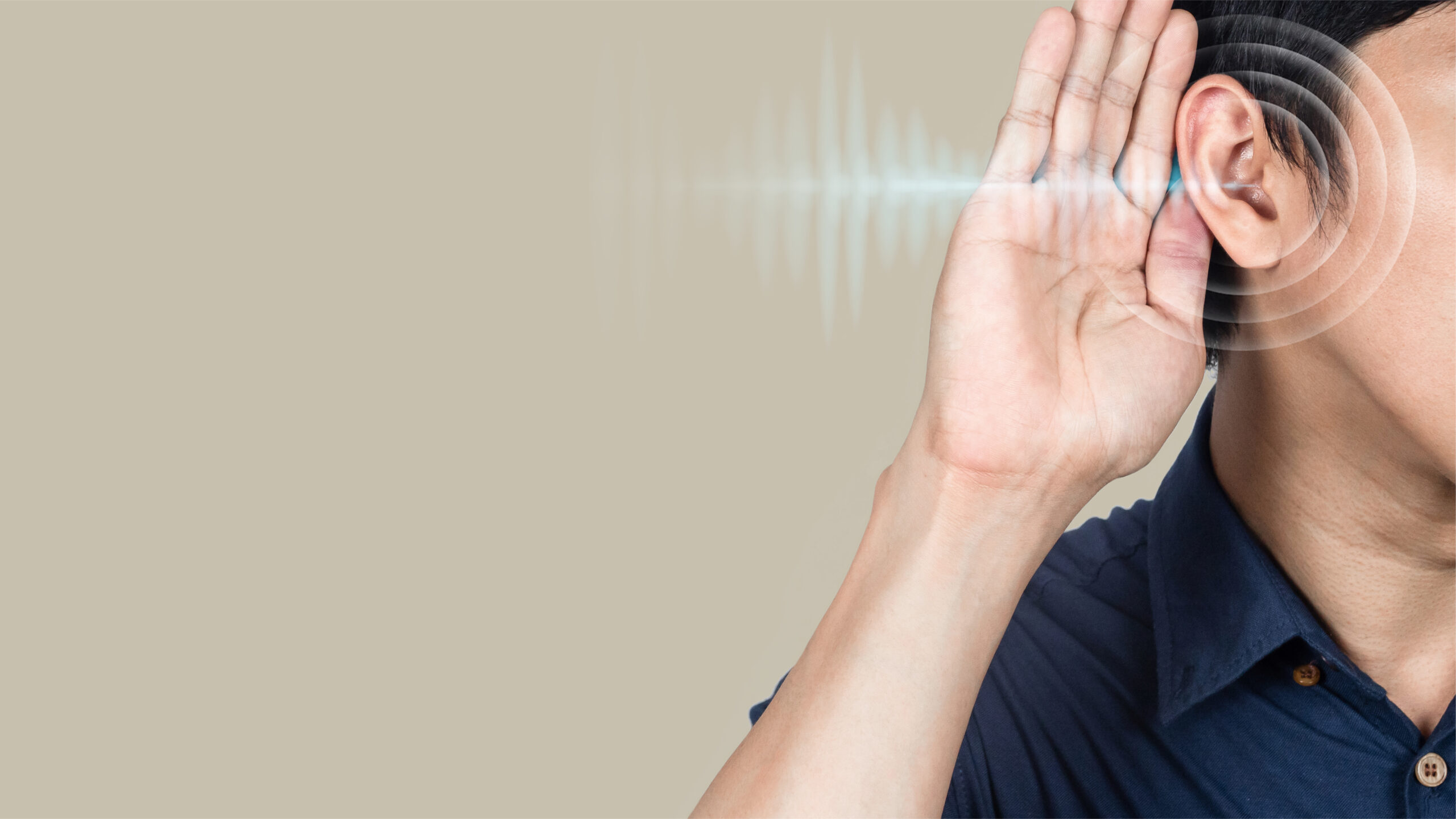
The specialists divided this type of hearing impairment in several kinds. Those include:
Types of hearing loss![]() can also be classified as bilateral hearing loss
can also be classified as bilateral hearing loss![]() and unilateral hearing loss
and unilateral hearing loss![]() . The first one covers disorders in both ears, while the second one concerns hearing impairment in one ear.
. The first one covers disorders in both ears, while the second one concerns hearing impairment in one ear.
Hearing loss is a medical condition characterized by the partial inability to hear sounds. Complete deafness refers to the total loss of hearing, where the affected person cannot perceive sound waves, even with amplification. The causes of this condition are various. We distinguish factors such as exposure to loud noises, infections, aging, genetics, and injury.
Hearing loss may impact an individual's capacity to communicate effectively, socialize, and perform daily activities. Therefore, early diagnosis and prompt treatment are essential in managing this condition and improving the quality of life of affected individuals.
Hearing loss may happen at any age. For example, seniors suffer from age-related hearing loss![]() , which is caused by degenerative changes. They are the consequence of the inevitable aging of the body. Usually, the damage is bilateral.
, which is caused by degenerative changes. They are the consequence of the inevitable aging of the body. Usually, the damage is bilateral.
Auditory perception is a complex process that begins with the reception of sounds by the outer ear. These sounds, in the form of sound waves, travel through the ear canal and reach the middle ear, where they are transformed into electrical impulses through the operation of three auditory ossicles, including the malleus, anvil, and stirrup.
These electrical impulses subsequently stimulate the auditory receptors in the inner ear, enabling them to reach the nuclei located in the brain stem via the vestibulocochlear nerve (VIII cranial nerve). These nuclei function as intermediaries in the flow of information about the auditory stimulus to the primary auditory cortex, which is within the temporal lobe.
It is worth noting that any dysfunction in the elements involved in this process can result in hearing loss. Therefore, it is essential to understand the intricate nature of auditory perception to diagnose and treat hearing disorders effectively.

Conductive hearing loss![]() can be caused by a blockage of the external auditory canal due to factors like ear wax (a wax plug), a foreign body, external ear inflammation (known as swimmer's ear), or, less commonly, a tumor.
can be caused by a blockage of the external auditory canal due to factors like ear wax (a wax plug), a foreign body, external ear inflammation (known as swimmer's ear), or, less commonly, a tumor.
In the middle ear, conductive hearing loss may be caused by various factors. For instance, acute otitis media is the most common reason for temporary hearing loss in children. If left untreated, this condition may cause permanent hearing loss, particularly if cholesteatoma (nodular inflammatory formation) develops.
Additionally, otitis media![]() with effusion may result in pain, fullness in the ear, tinnitus, and a changed appearance of the eardrum. Risk factors for this disorder include a past of acute otitis media or other inflammatory conditions.
with effusion may result in pain, fullness in the ear, tinnitus, and a changed appearance of the eardrum. Risk factors for this disorder include a past of acute otitis media or other inflammatory conditions.
Chronic otitis media is another cause of conductive hearing loss, characterized by long-term discharge from the ear, visible perforation (hole) of the eardrum, changes in the external auditory canal, and sometimes cholesteatoma.
Other causes of conductive hearing loss in the middle ear include ear injury, often resulting in visible perforation of the eardrum and the presence of blood outside it; otosclerosis, which refers to dysfunction of the auditory ossicles, and tumors, both benign and malignant, which may cause one-sided hearing loss.
To sum up, the causes of conductive hearing loss are:
The causes of sensorineural hearing loss![]() are:
are:
Hearing loss may also be caused by excessive noise, which damages the auditory ossicles and the neural connections responsible for receiving and transmitting sound to the brain.
The causes of neurogenic hearing loss include:
Sudden hearing loss![]() may be idiopathic, meaning the cause is unknown. In such cases, it is usually suspected:
may be idiopathic, meaning the cause is unknown. In such cases, it is usually suspected:
We may also divide the causes into obvious and hidden. The first ones include:
The causes of hearing loss may be hidden![]() , i.e., hearing loss may be a separate first symptom of certain diseases that usually manifest themselves differently:
, i.e., hearing loss may be a separate first symptom of certain diseases that usually manifest themselves differently:
In those cases, a diagnosis is needed.
When investigating suspected hearing loss, various diagnostic tests![]() may be employed to identify its underlying cause. These tests may include audiometry, impedance (tympanometry), otoacoustic emission, evoked potentials, physical examination, and screening tests.
may be employed to identify its underlying cause. These tests may include audiometry, impedance (tympanometry), otoacoustic emission, evoked potentials, physical examination, and screening tests.
Audiometric hearing testing evaluates the individual's capacity to perceive sounds of varying frequencies and intensities. Impedance (tympanometry) assesses the functioning of the middle ear, while otoacoustic emission is aimed at evaluating the function of the cochlea. Evoked potentials, on the other hand, assess the ear's response to sounds that are transmitted to the brain.
Physical examination, which involves examining the ear canal to determine if it is inflamed or clogged with earwax, may also be performed. Finally, screening tests require the patient to cover one ear and repeat sentences at different loudness levels.
It depends on the cause of your hearing loss. In some cases, hearing loss can be cured, especially if it is caused by an infection or inflammation, which can be treated with antibiotics![]() or other medications. If hearing loss is related to damage to the middle ear, such as a perforated eardrum, surgery
or other medications. If hearing loss is related to damage to the middle ear, such as a perforated eardrum, surgery![]() may help repair the damaged ear.
may help repair the damaged ear.
However, it sometimes happens that hearing loss cannot be cured. In such cases, treatment may consist of hearing therapy, where the person learns how to use the remaining hearing better, wearing hearing aids![]() , or implanting hearing implants.
, or implanting hearing implants.
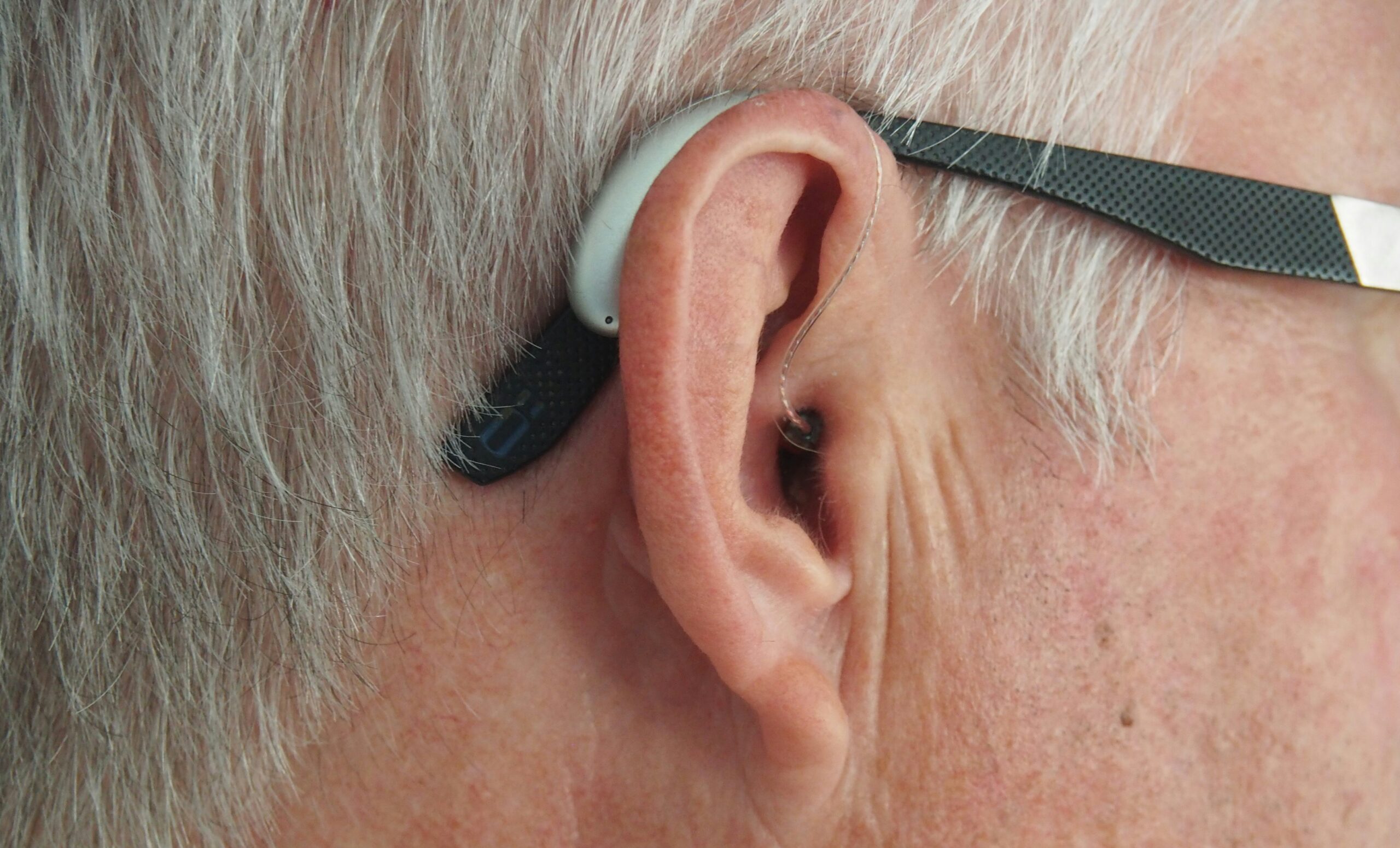
If you have hearing problems, you can make little changes to your daily life to compensate for your hearing loss. For example, you may begin to withdraw from social activities. It may lead to feelings of loneliness and isolation.
However, you do not have to accept the unwanted lifestyle changes that untreated hearing loss may cause. You can get treatment for your hearing loss to communicate freely.
Discussing hearing loss with a friend or loved one can present challenges. Choose an appropriate time for this conversation, considering the topic's sensitivity. Individuals experiencing hearing loss may have diminished self-confidence, necessitating a supportive and empathetic approach. Below are some suggestions for addressing someone's hearing loss:
Table of Contents
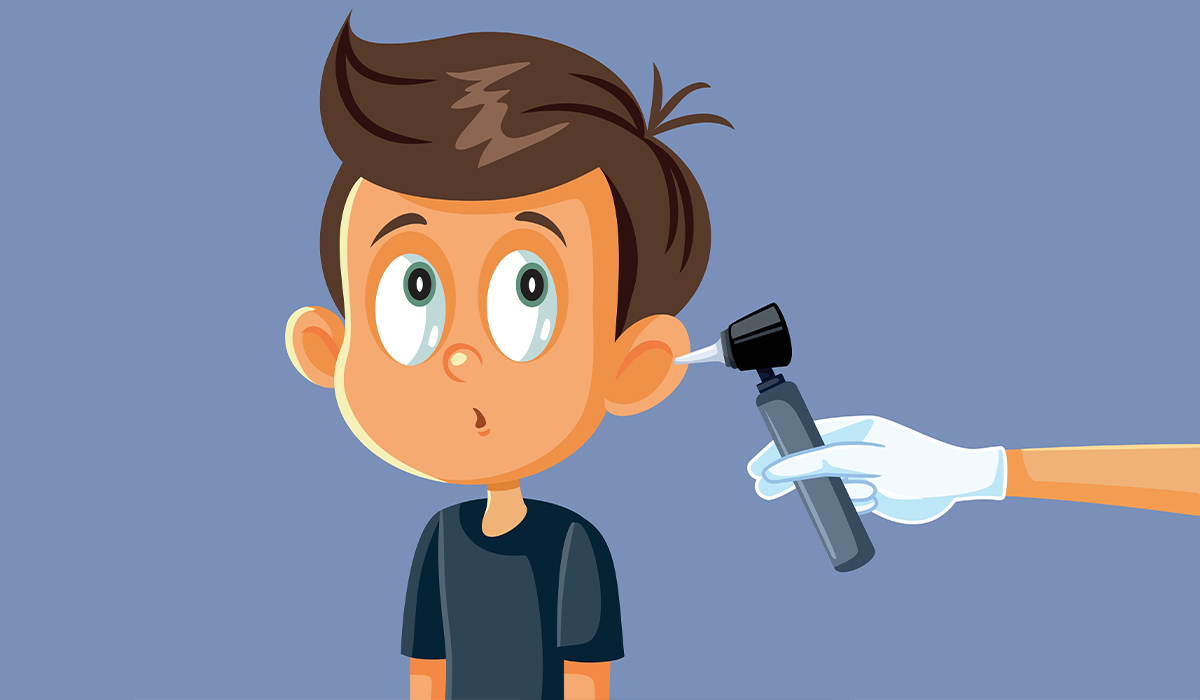
Ear infection can have various causes. Learn how to distinguish types of ear infections, the most common symptoms and treatment… read more »
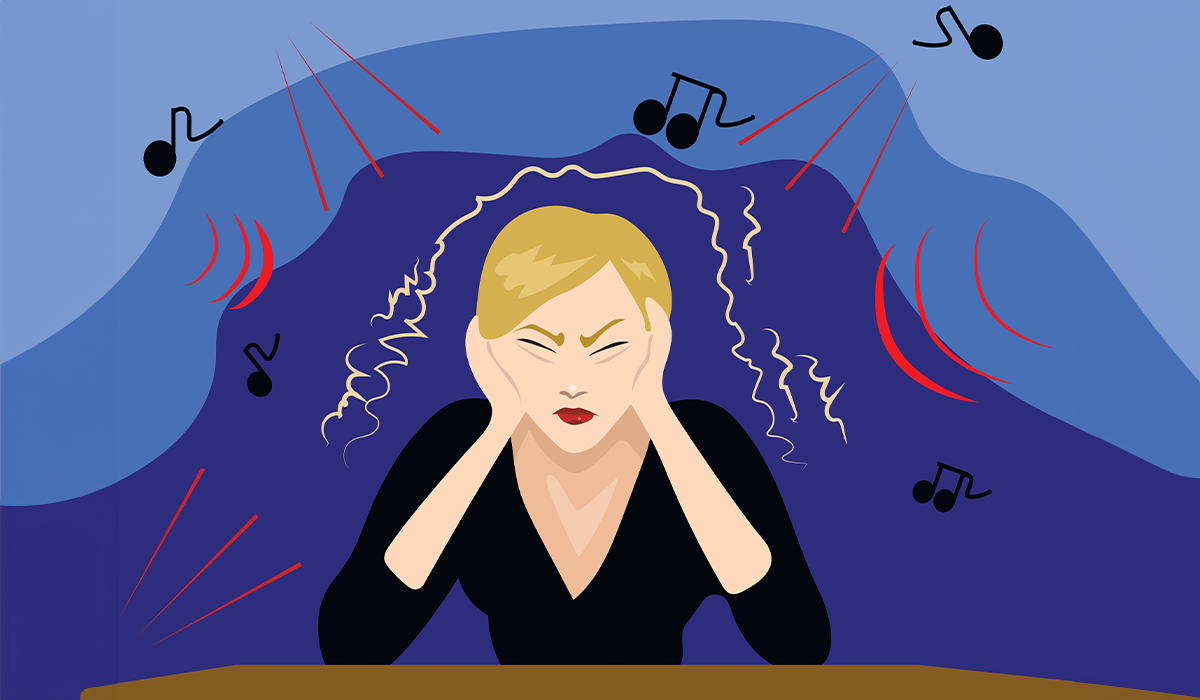
Misophonia is an inappropriately strong reaction to specific sounds. It occurs in many disorders. Learn about the meaning of misophonia… read more »
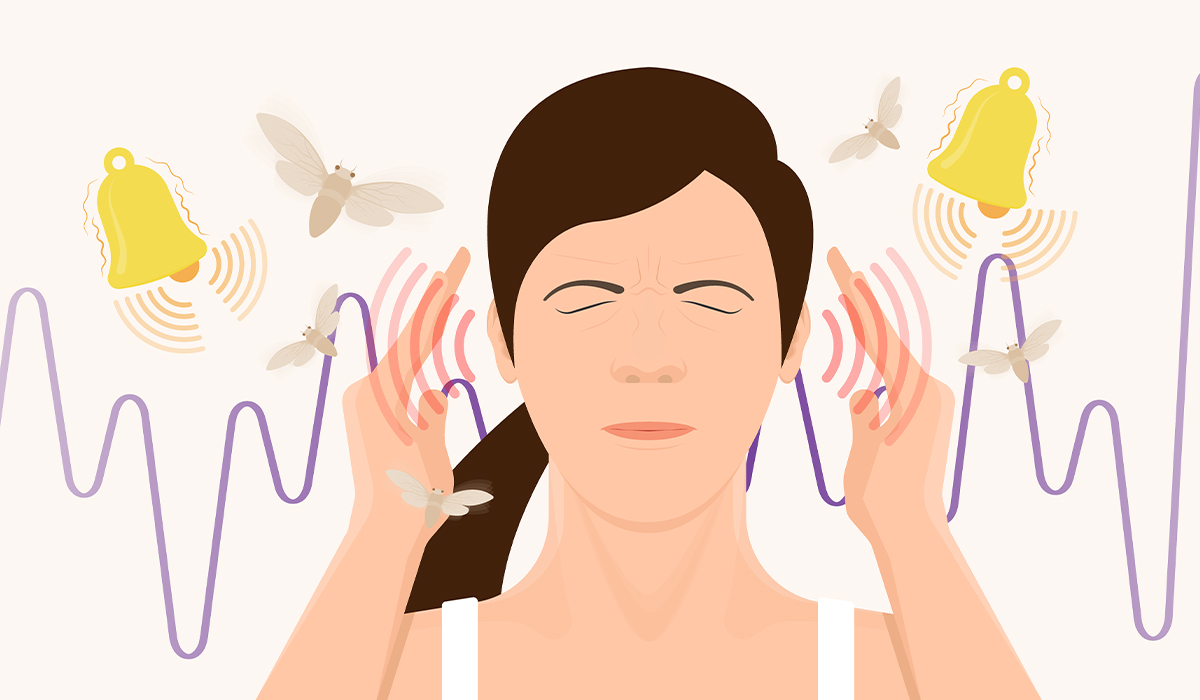
Tinnitus is a common difficulty with the sense of hearing. It occurs when you hear sounds without any outside noise… read more »
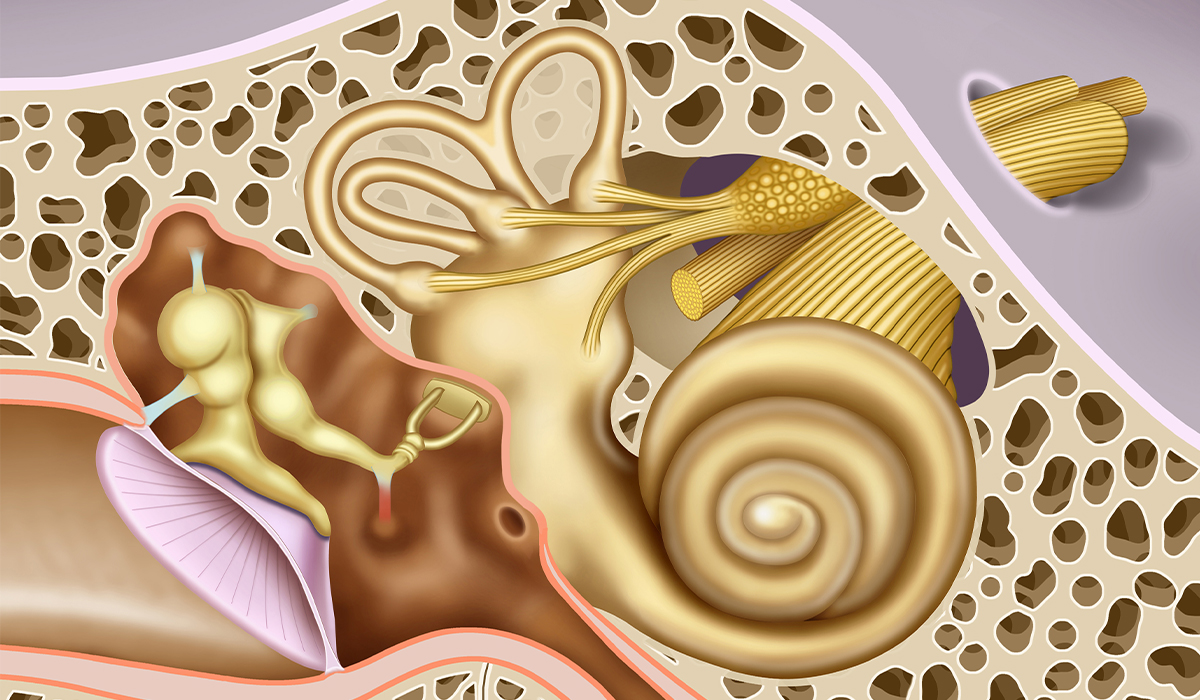
Labyrinthitis is a condition that causes worrying symptoms. Find out what causes inner ear disease. Learn how to recognise alarming… read more »
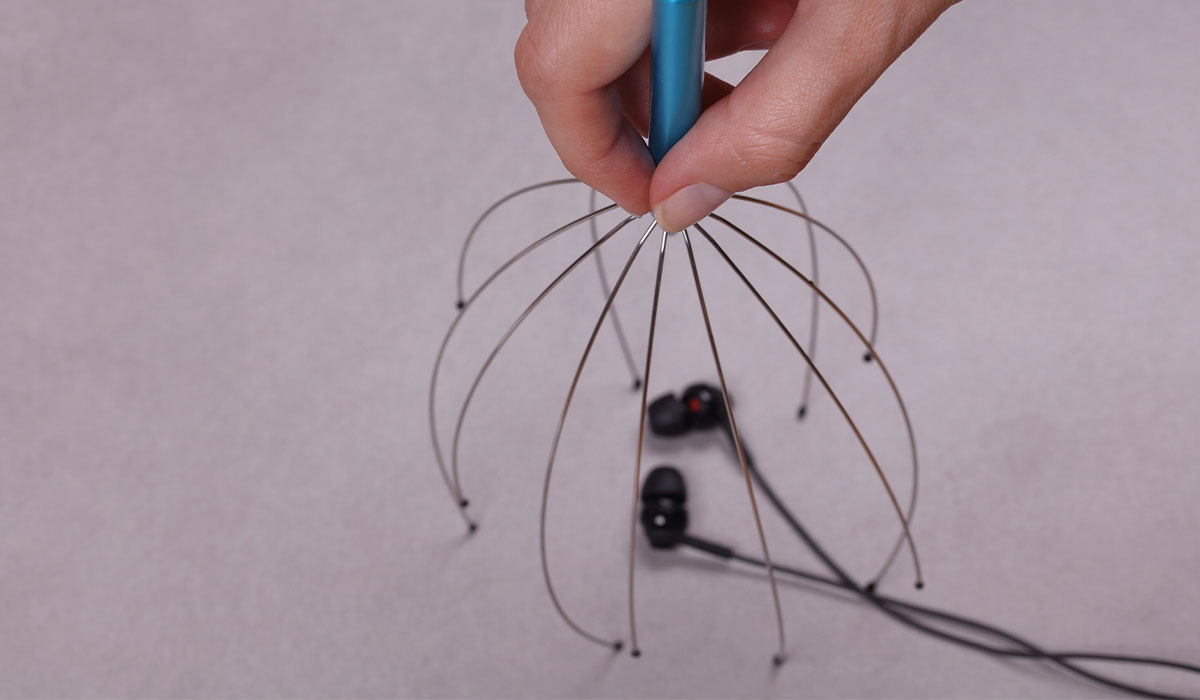
ASMR is the feeling of a pleasant tingling in the body, created in response to external sensory stimuli. What triggers… read more »

Vertigo is the illusion of environment movement. It is usually accompanied by nausea, loss of balance and a feeling of… read more »

Schizophrenia is a mental illness with a gradual course. It consists in a changed and inadequate perception, reception and assessment… read more »
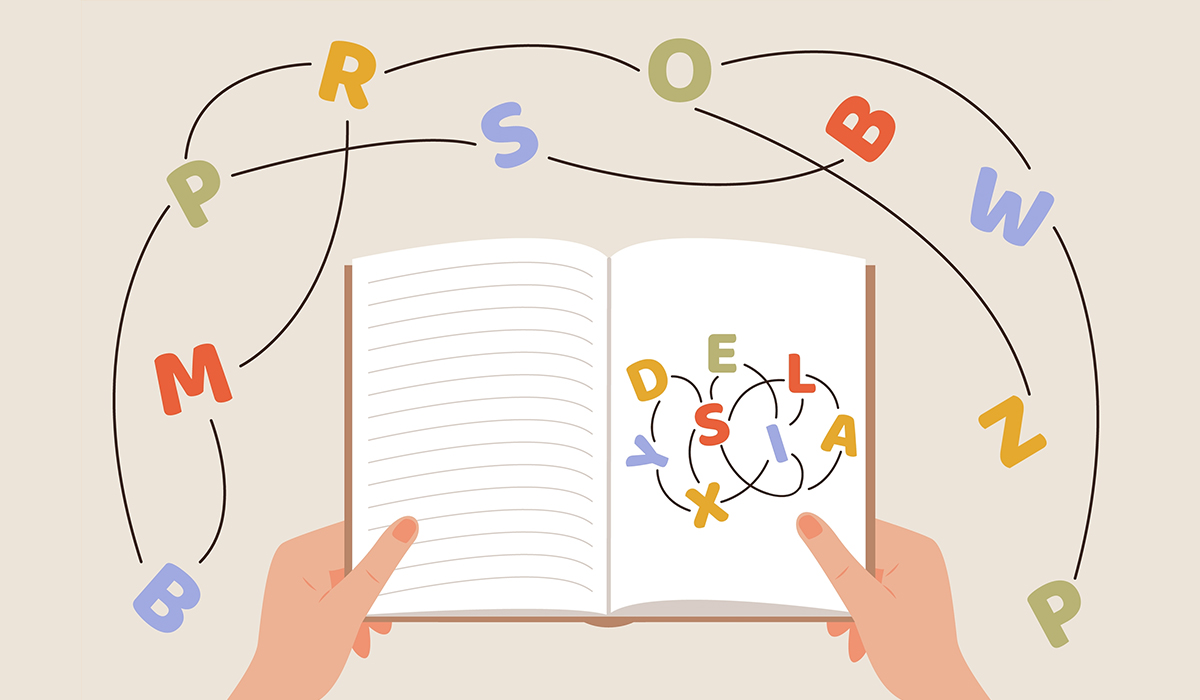
Dyslexia is a disorder that manifests itself in difficulties in learning to read and write. Why does it occur? What… read more »

Apraxia is a neurological disorder. It is the inability to perform known movements or activities on command. How can it… read more »